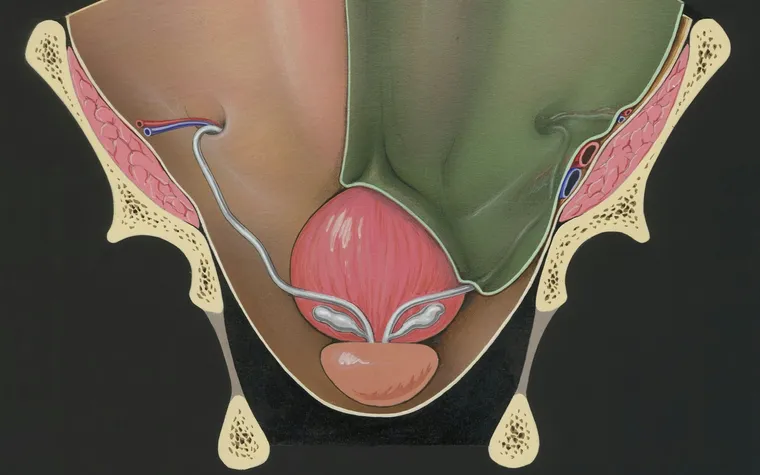Advancements in medical technology continue to improve patient outcomes, offering hope for better survival rates and quality of life.Patients diagnosed with bladder cancer face multiple treatment options tailored to their specific needs. From transurethral resection to radical cystectomy, treatments aim to remove cancerous cells and prevent recurrence. New therapies, including targeted treatments and immunotherapy, are revolutionizing bladder cancer care, providing promising alternatives to traditional methods.
Understanding Bladder Cancer
Bladder cancer occurs when abnormal cells grow uncontrollably in the bladder lining. It is one of the most common urological cancers and primarily affects older adults. While smoking is a major risk factor, exposure to certain chemicals and a history of chronic bladder infections can also contribute to its development.
The disease is classified into three main types: urothelial carcinoma (transitional cell carcinoma), squamous cell carcinoma, and adenocarcinoma. Urothelial carcinoma is the most common form, accounting for about 90% of all cases. Identifying the cancer’s type and stage is essential for determining the best treatment approach.
Treatment Options for Bladder Cancer
1. Surgery
Surgery is a common treatment for bladder cancer, especially in early-stage cases. The types of surgical procedures include:
- Transurethral Resection of Bladder Tumor (TURBT): A minimally invasive procedure used to remove small, superficial tumors. It is often followed by additional therapy to prevent recurrence.
- Radical Cystectomy: A procedure that involves removing the entire bladder in cases where cancer is aggressive. Patients may require urinary diversion techniques, such as an ileal conduit or a neobladder, to facilitate urine flow post-surgery.
- Partial Cystectomy: In some cases, only a portion of the bladder is removed, preserving bladder function.
2. Chemotherapy
Chemotherapy involves the use of drugs to kill cancer cells. It is administered in two ways:
- Intravesical Chemotherapy: Delivered directly into the bladder via a catheter for early-stage bladder cancer.
- Systemic Chemotherapy: Administered through the bloodstream to treat advanced-stage bladder cancer or prepare patients for surgery.
Common chemotherapy drugs for bladder cancer include Cisplatin, Gemcitabine, and Methotrexate. These drugs can help shrink tumors or destroy remaining cancer cells after surgery.
3. Immunotherapy
Immunotherapy boosts the body's immune system to fight cancer. The most widely used immunotherapy for bladder cancer is Bacillus Calmette-Guérin (BCG) therapy. This treatment involves introducing a weakened form of bacteria into the bladder, stimulating the immune response to attack cancer cells.
Other immunotherapy drugs, such as Atezolizumab and Pembrolizumab, are checkpoint inhibitors that help the immune system recognize and destroy cancer cells. These are often used for advanced or recurrent bladder cancer.
4. Radiation Therapy
Radiation therapy uses high-energy beams to target and kill cancer cells. It is often combined with chemotherapy for patients who cannot undergo surgery. Radiation therapy is particularly useful in preserving bladder function while controlling tumor growth.
Side effects may include fatigue, bladder irritation, and increased urinary frequency. However, advancements in radiation technology have improved precision, reducing damage to surrounding healthy tissues.
Emerging Treatments and Research
Medical advancements continue to revolutionize bladder cancer treatment. Research is focusing on gene therapy, precision medicine, and personalized treatment approaches. Clinical trials are testing new drug combinations, improving survival rates, and reducing recurrence risks.
One promising area is antibody-drug conjugates (ADCs), which deliver cancer-killing agents directly to tumor cells, minimizing harm to healthy tissues. These therapies offer new hope for patients with advanced or recurrent bladder cancer.
Conclusion
Bladder cancer treatment has evolved significantly, offering patients multiple options based on their condition. From minimally invasive surgeries to cutting-edge immunotherapies, advancements in medical science continue to improve survival rates. Early diagnosis and personalized treatment plans are key to effective management, allowing patients to lead healthier lives post-treatment.

